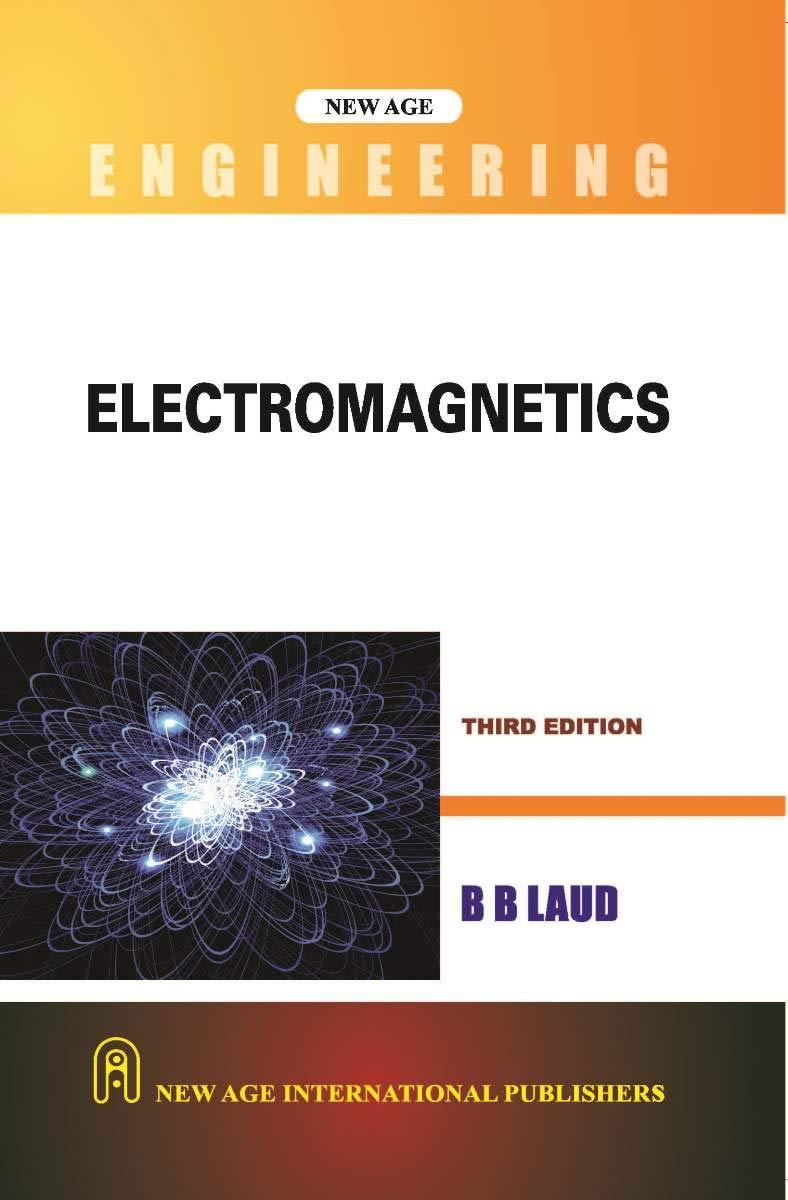Answered step by step
Verified Expert Solution
Question
1 Approved Answer
Astronomers observe a nebula using a variety of telescopes. Suppose they observe wavelengths of 14 cm (radio), 652 nm (red), 1.40 m (infrared), 420 nm
Astronomers observe a nebula using a variety of telescopes. Suppose they observe wavelengths of 14 cm (radio), 652 nm (red), 1.40 m (infrared), 420 nm (violet), and 131 nm (ultraviolet). Arrange these from fastest speed to slowest speed in empty space. cm = 10-2 m (centimeters), m = 10-6 m (microns), and nm = 10-9 m (nanometers). Group of answer choices There is not enough information to determine the speeds. 1.40 m, 14 cm, 131 nm, 420 nm, 652 nm 14 cm, 1.40 m, 652 nm, 420 nm, 131 nm 131 nm, 420 nm, 652 nm, 1.88 m, 14 cm They all travel at the same speed
Step by Step Solution
There are 3 Steps involved in it
Step: 1

Get Instant Access to Expert-Tailored Solutions
See step-by-step solutions with expert insights and AI powered tools for academic success
Step: 2

Step: 3

Ace Your Homework with AI
Get the answers you need in no time with our AI-driven, step-by-step assistance
Get Started


